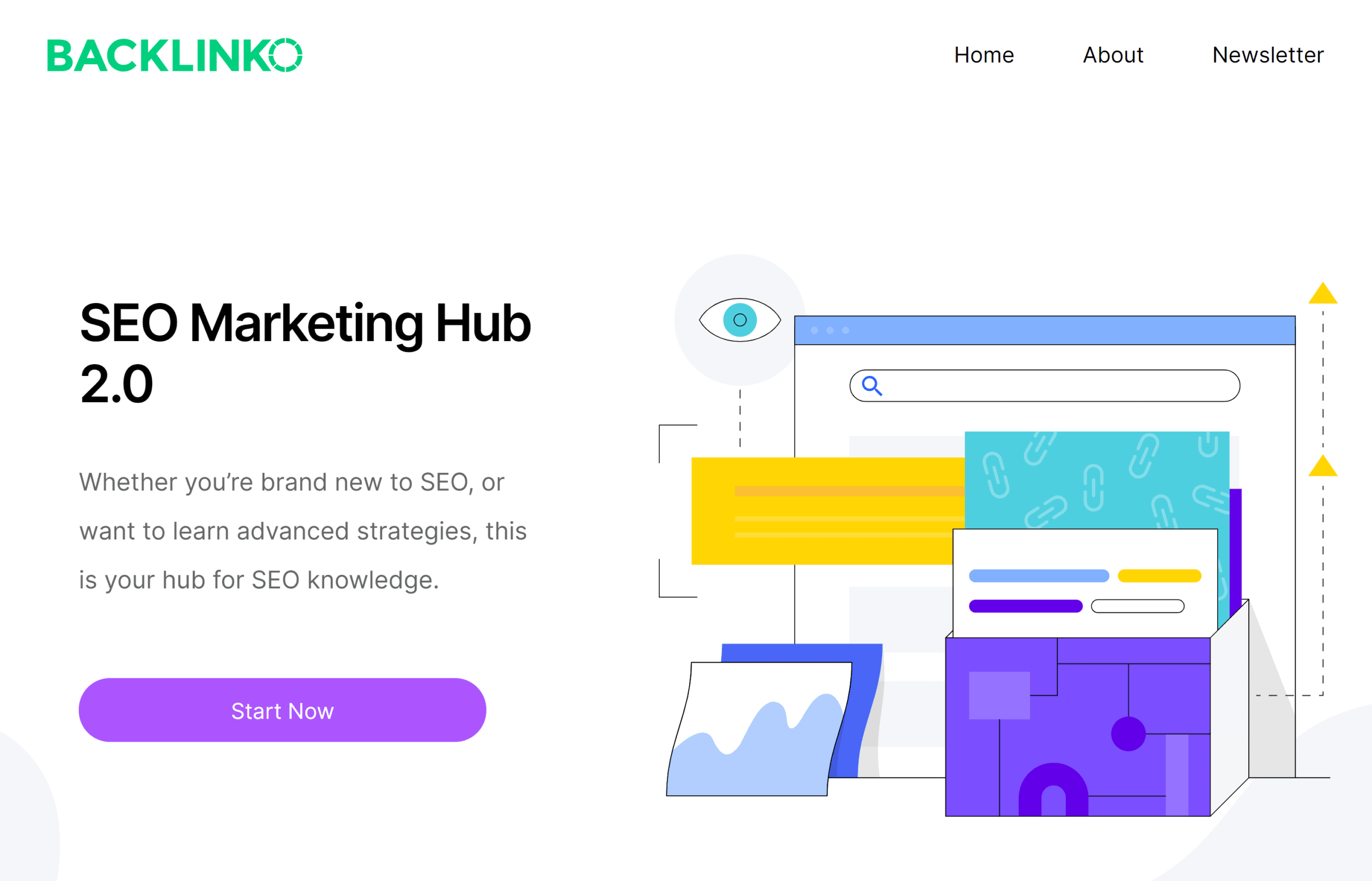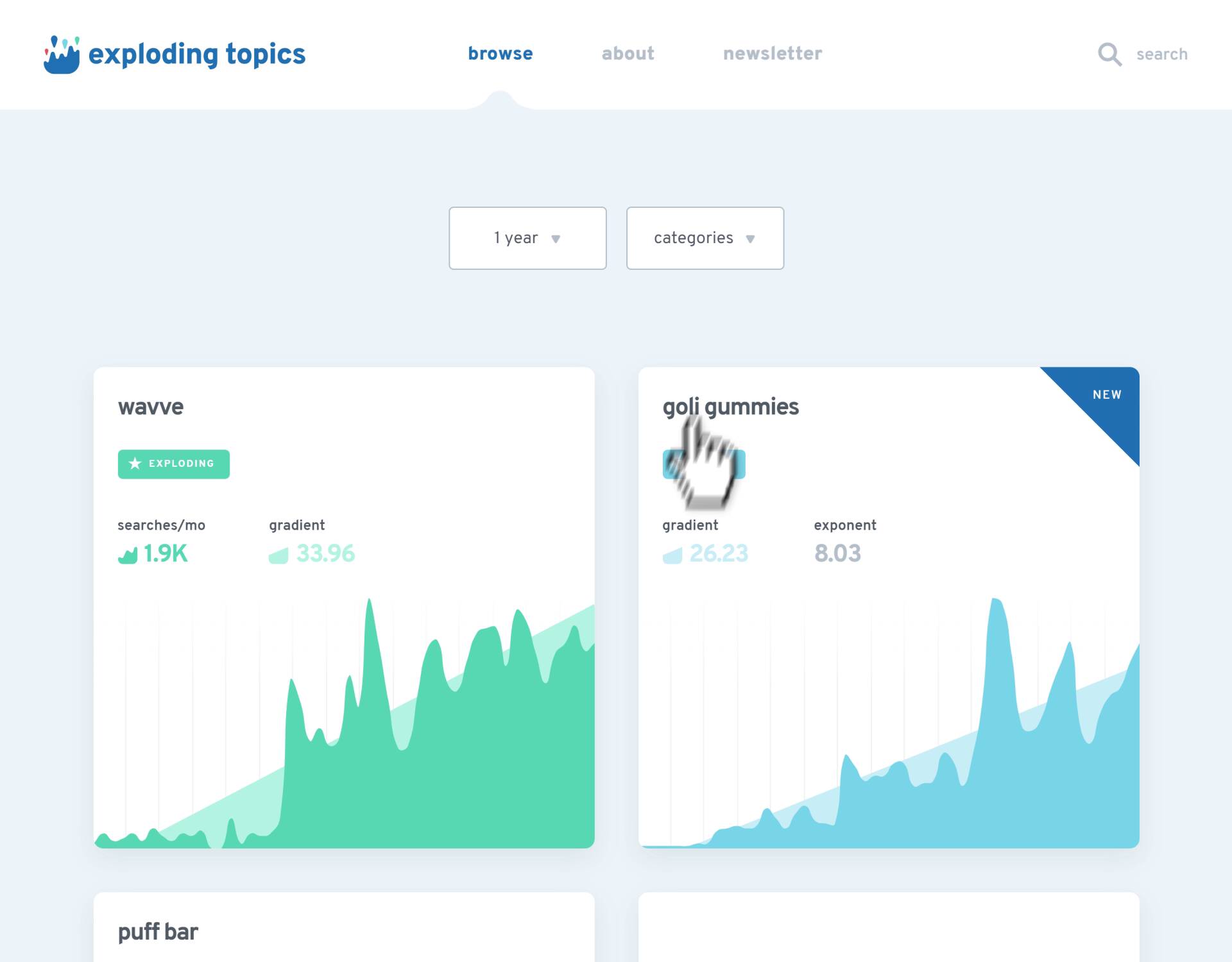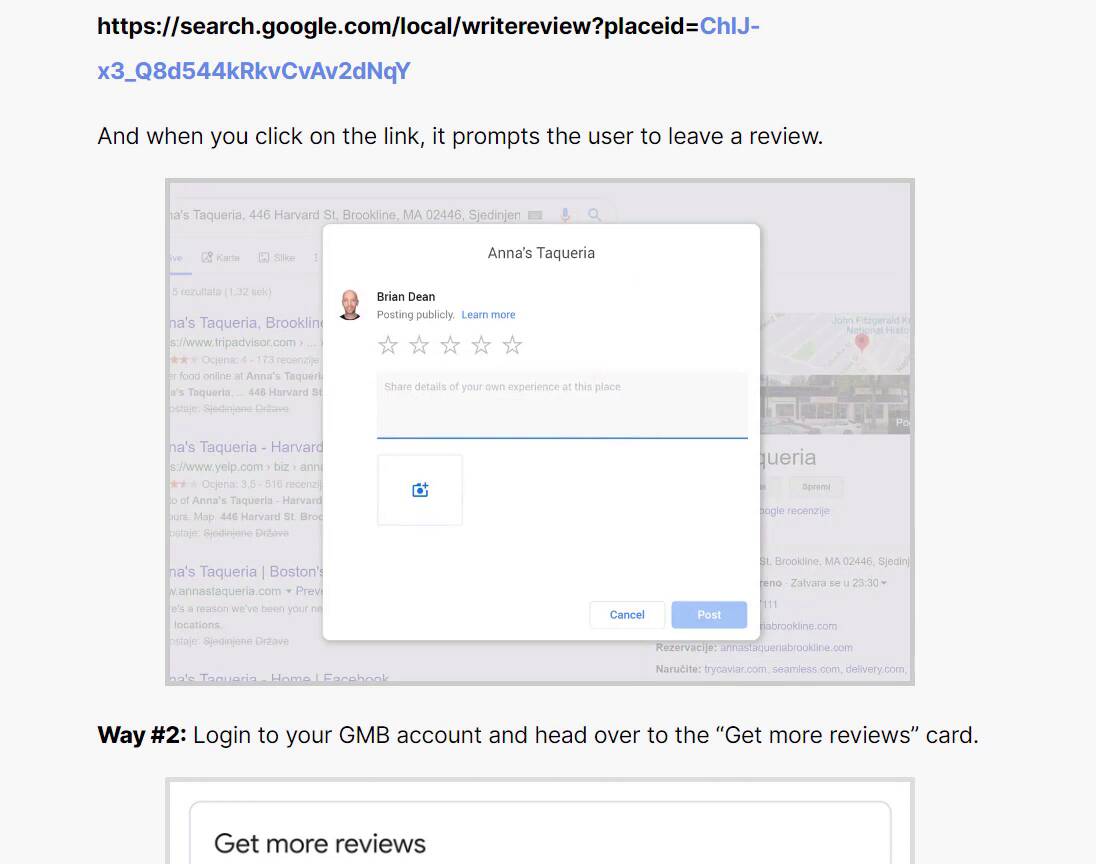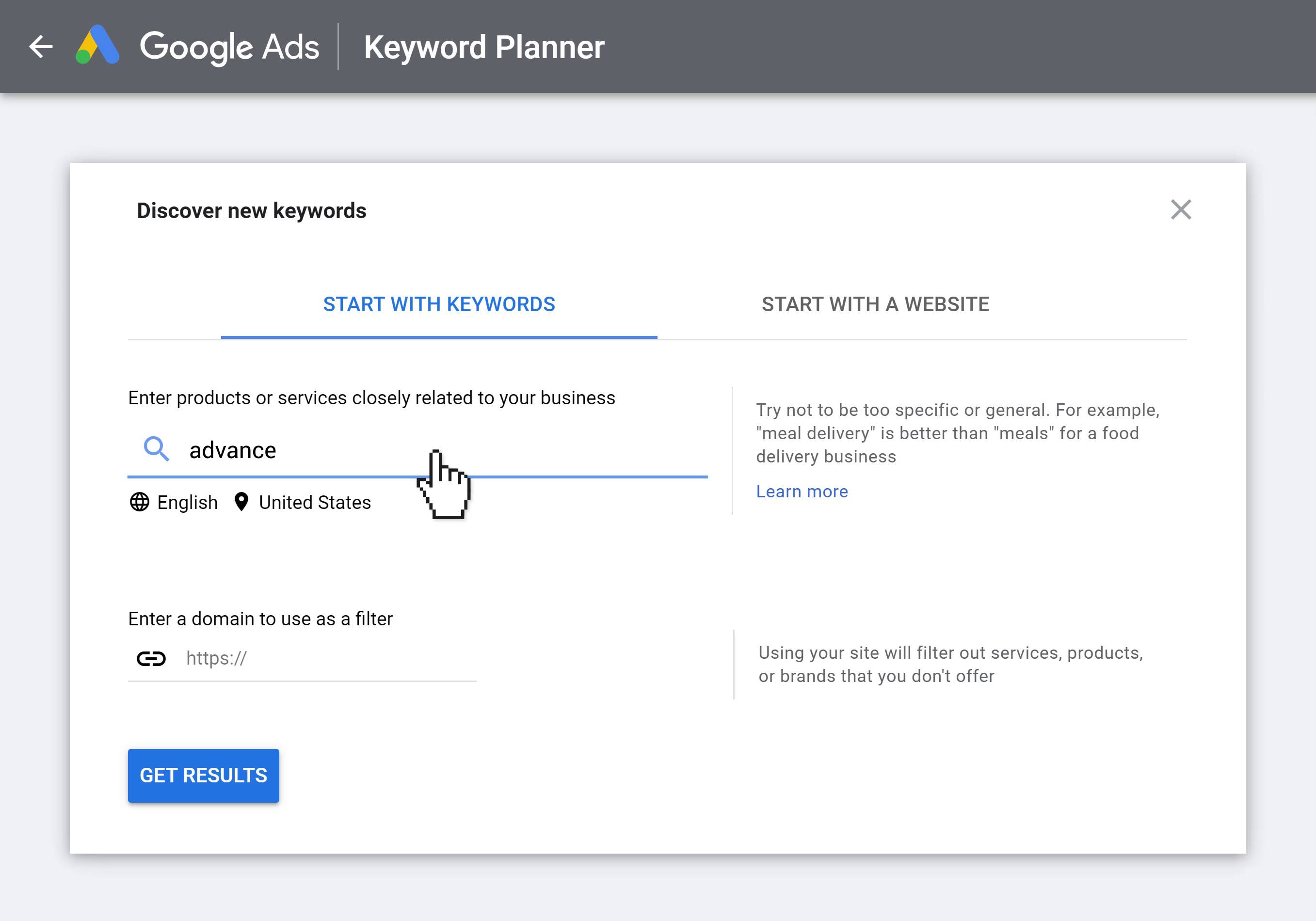Advanced SEO Techniques
17 Advanced SEO Techniques for 2023
This is a list of 17 advanced SEO strategies, techniques and tactics.
In fact, these strategies have helped my site bring in 360,408 visitors per month from Google.

So if you’re sick of reading the same old beginners stuff (“create great content!”), you’ll really enjoy this list.
- 1. Rank for “Journalist Keywords”
- 2. Use Animated Images to Improve Time On Site
- 3. Create Content Hubs
- 4. Target Comparison Keywords
- 5. Use Dynamic Parameters for Pagination
- 6. Build Backlinks With Podcasts
- 7. Forge a Content Alliance
- 8. Maximize SERP Real Estate
- 9. Embed Original Images In Your Content
- 10. Optimize Your Content For Keyword Relevance
- 11. Create a Comments Section On Your Blog
- 12. Uncover People Also Ask Keywords
- 13. Add “Content Features” To Your Page
- 14. Publish Topic + Year Content
- 15. Get Backlinks From Unlinked Brand Mentions
- 16. Optimize for Google Discover
- 17. Find Low-Competition Keywords From Reddit
- Bonus Strategy #1: Visualize Your Sitemap
- Bonus Strategy #2: Find Hidden Terms With Google Keyword Planner
1. Rank for “Journalist Keywords”
As the name suggests, Journalist Keywords are terms that journalists search for.
And they’re a super powerful way to build backlinks at scale.
For example, a while back we published this page speed study.

Take a look at the referring domains data for that page.

See how there’s a spike when the content was first published? Then it flattens. And then it spikes again?
Well, that second spike came because that page starting rankings for a bunch of Journalist Keywords, like this:

See how that works?
A journalist needs a stat for their article. So they head to Google to find it.
And my site gets in front of journalists right as they’re about to publish their piece.
Which means they see my stat. And cite it in their articles.

Very nice.
2. Use Animated Images to Improve Time On Site
Our recent search engine ranking factors study found that time on site correlates with Google rankings.

And I recently figured out a simple way to improve it: animated images.
Specifically, high-res animated images (like animated SVGs). These are basically animated GIFs. But much higher quality.
Here’s an example:
And I’ve noticed that animated images stop people from skimming.
For example, this post from Backlinko has a handful of animated images.
And it’s no coincidence that the time on site for that page is 3:27.

3. Create Content Hubs
28% of Backlinko’s organic traffic comes from content hubs.

What’s a content hub?
It’s basically a mini Wikipedia on a given topic.
For example, I published our SEO Marketing Hub a while ago.

The SEO Marketing Hub is a collection of SEO resources organized by category (like “Technical SEO” and “Link Building”).
Each of those categories has a handful of “entries”:

As you might expect, each entry is optimized around a single keyword.
I should also point out that entries are NOT written like normal blog posts. Instead, each entry is more like a Wikipedia article.
Why?
First off, this style is a better search intent fit for these types of keywords.
For example, someone searching for “LSI keywords” doesn’t want my opinion on it.
Instead, they’re wondering what it is. Why it’s important. And some first steps to get started.
And these content hub entries are strategically designed to perfectly match that search intent.

Second, the entries are all strategically linked together.

Needless to say, these internal links are great for SEO.
But these internal links also help boost dwell time.
Someone reads entry A. Then, they see a link to entry B. Click on that.
Which means they end up spending a ton of time on my site before going back to the search results (if they go back at all).
4. Target Comparison Keywords
Comparison Keywords are terms that compare different things, like:
- Content marketing vs SEO
- iPhone vs Android
- Webflow vs WordPress
Why are these keywords worth targeting?
First off: people that search for Comparison Keywords are relatively advanced.
For example, somebody that types “SEO tools” into Google is probably new to SEO.
But somebody searching for “Ahrefs vs Semrush” has a feel for the SEO tool landscape. They just want help deciding between two different options.
Also, comparison keywords don’t usually have a ton of competition.
For example, this keyword gets 500 searches per month with a $6 CPC. Not bad.
The best part? The keyword difficulty on that term is only 34/100.

In fact, I recently targeted that exact keyword with this post. And I was able to quickly get it to rank in the top 3.
And they tend to rank super well.

5. Use Dynamic Parameters for Pagination
Exploding Topics ran into a serious technical SEO issue pretty much from day 1:
It was taking days (and sometimes weeks) to get a new page indexed.
The reason? Our crawl budget was getting eaten up super quickly.
This means that Google spiders would take weeks to crawl new pages.
One of the things that helped us get out of this mess?
Using dynamic parameters for our paginated pages.
In other words, we went from this:
https://explodingtopics.com/business-topics/page/2
To this
https://explodingtopics.com/business-topics?page=2
This new format helped Google figure out our paginated page URL patterns.
That way, Google spent less time re-crawling our paginated pages. And more time finding and indexing new stuff.
It also seemed to push Google to crawl more of our pages in general.

(Plus, if we run into crawl budget issues again, we can use the URL Parameters tool in Search Console to stop Google from crawling our paginated pages. Which only works with dynamic parameters.)
6. Build Backlinks With Podcasts
I’ve appeared on over 120 podcasts as a guest.

And pretty much all of them have linked to me.

This is why I like to say: “podcasts are the new guest posts.”
Actually, going on a podcast is in some ways BETTER than writing a guest post.
To publish a single guest post you need:
- Find a site that will accept your guest post.
- Pitch them.
- Write a draft.
- Go through rounds of edits.
Then you finally get your guest post published.
With a podcast, all you really need to do is show up. And you’re good to go.
In fact, going on podcasts was one of the first link-building strategies that we used to build backlinks to Exploding Topics.
I advised my co-founder Josh to reach out to podcasts in the startup space.

And because Josh had an interesting story to share, a bunch of them said yes.
The question is: how can you get interviewed on other people’s podcasts?
I could write an entire post on this. But here are some pointers that I’ve picked up over the years.
- Pitch for their audience: Your outreach needs to emphasize what specific things the podcast’s audience would get from your interview.
- Get a mic: Legit podcasts care about audio quality. So I recommend investing in a high-quality mic.
- Level up: Start with the tiniest podcasts you can find. Small podcasts are more likely to say yes. And you get good at being a guest (which is a real skill). Then, you can leverage those early appearances to go on bigger and better shows.
7. Forge a Content Alliance
A Content Alliance is where you team up with another business, site, blog, or YouTube channel on a single piece of content.
For example, I recently teamed up with Fractl on a post that they ended up publishing on the Moz blog.

In that case, I provided data from Exploding Topics.
But you can also partner with someone that has the data that you need.
For example, I teamed up with BuzzSumo for this content analysis.
This time, BuzzSumo had a bunch of fascinating data lying around. And they happily shared it with me.
In exchange, I wrote up the post and promoted it to my audience.
Overall, this single content alliance was a huge win-win.
I got access to raw data that would be pretty much impossible to get on my own. And BuzzSumo got in front of tens of thousands of people.
In fact, that single post brought in 20,545 visitors in its first month.

8. Maximize SERP Real Estate
The #1 result in Google gets about 32% of all organic clicks.

That said: there’s another way to get more clicks from the SERPs… without higher rankings:
Take up more SERP Real Estate.
SERP Real Estate is basically how many pixels you control on Google’s first page.
And the more pixels you control, the more organic traffic you’ll get from that keyword.
For example, ranking in a Featured Snippet puts you to the top of the page. But it also triples your SERP Real Estate for that keyword.

How about another example?
I once got one of my YouTube videos to rank on the first page of Google for an important keyword.
Which gave me a pretty big chunk of SERP Real Estate.
Besides videos and Featured Snippets, here are some other ways you can take up more SERP Real Estate:
- Medium articles
- Guest Posts
- YouTube videos
- Rich Snippets
- Top Stories
9. Embed Original Images In Your Content
It’s no secret that high-quality images make your content better.
Which can (indirectly) help with rankings.
So, what kind of images should you use on your site?
Well, a well-done SEO experiment discovered that “duplicate images” (like stock photos) can hurt your page’s rankings.
Which is why you want to use as many original images as you can.
For example, we work with a graphic designer to help us create super professional screenshots.

It’s obviously much easier and faster to just take a normal screenshot. But going the extra mile makes our images original. And more helpful.
We also create several custom visuals and charts for every post.

Again, these visuals aren’t cheap. But they’re worth it for the direct and indirect SEO benefits.
As a bonus, people might start to use your visuals in their blog posts.
For example, this chart from one of our posts has been embedded on dozens of different blogs.

And the vast majority of people that use that image link to Backlinko as a source.

10. Optimize Your Content For Keyword Relevance
You already know that there’s more to on-page SEO than cramming a keyword into your page 187 times.
In fact, Google’s “How Search Works” document explains that they look at “quantifiable signals to assess relevance”.
Specifically, Google wants to see relevant content on the topic that page covers.

Question is: how do you give Google the “quantifiable signals to assess relevance” that they want to see?
One strategy is to include LSI keywords on your page.
When you do, you’ll confirm to Google that your page is highly relevant for that query.

Which can give you higher rankings for your target keyword. And help you rank for more keywords.
If you write in-depth content you’ll probably use a lot of these LSI keywords automatically.
But you want to double check, there are tools out there (like Clearscope and Surfer SEO) that can help you find the right LSI keywords to include in your content.
These tools work pretty much the same way: they scan content that already ranks for your keyword.
And they bubble up terms that those pages use most often.

11. Create a Comments Section On Your Blog
Comments can help your SEO for three reasons:
First, comments may actually be a direct ranking factor.

Second, comments give users more stuff to read and do. Which can boost dwell time.
Third, a comments section is actually content that Google crawls, indexes and ranks.
In fact, a Google rep stated that they count all content on a page (including UGC).

Which is why I put a lot of effort into Backlinko’s comments section.
Not only do I reply to pretty much every comment. But we have someone that spends over an hour every day just to moderate them.
That way, 100% of the comments that end up on the site are high-quality.
12. Uncover People Also Ask Keywords
According to Semrush, 41% of all Google search results contain a People Also Ask section.

Which means they’re worth optimizing for.
The only problem is that it’s a pain to find these questions at scale.
Obviously, you get see a set of 4 questions right away.

But you need to open up the accordion a bunch of times to get access to more question
Fortunately, you can use a tool like Answer The Public to find questions related to your topic.
Pretty cool.
13. Add “Content Features” To Your Page
Content Features are things like:
- Calculators
- Comparison charts
- Feature breakdowns
- Pros and cons lists
- Summaries
- Quote boxes
Basically: they’re things that you add to your content to make it more compelling and useful.
And Content Features can, directly and indirectly, help improve your Google rankings.
In fact, Google’s own Quality Rater Guidelines state that Supplementary Content is “important”.

Here’s a recent example of how much of a difference Content Features can make.
Last year I added two Content Features to my guide to becoming an SEO expert.
Specifically, I added a table that compared the different ways to learn SEO.

And a bulleted list of skills that SEO specialists need to have.

Not long after, my page shot up to the #1 spot in Google.

Which boosted organic traffic to that page by 36.9%.

(Google uses 200+ ranking factors in their algorithm. So I can’t say for sure that Content Features made all the difference. But in my opinion, it was the main reason that my rankings improved).
14. Publish Topic + Year Content
Topic + Year Content are blog posts that cover key trends happening around a given topic.
For example, every year I publish a definitive guide to SEO for that year.

And that post is optimized around the keyword: “SEO 2022”.
As you probably know, “SEO” is an insanely competitive keyword.
(Even for me… 🙂 )
But “SEO 2022” isn’t super competitive. Even though thousands of people search for it every month.
This brings in a decent chunk of traffic every month (especially early in the year).

Note: I should point out that this is VERY different than adding year to the end of a title tag.
For this strategy to work, your content needs to be focused 100% on the year in question.
For example, my annual SEO guide covers trends that are happening in the world of search engine optimization.

15. Get Backlinks From Unlinked Brand Mentions
Unlinked brand mentions are just like they sound: they’re mentions in blog posts and news articles that don’t link to your site.
Here’s an example:

And all you need to do is email the person that mentioned your brand. And ask them to add a link to your site.
In my experience, the conversion rate on this approach is fantastic.
That’s mainly because you’re not reaching out cold to someone that’s never heard of you.
Instead, you’re emailing somebody that already mentioned your site in a blog post.
Which means they’re primed to add your link.
The key here is to reach out fast.
For whatever reason, people are much more likely to edit a brand new post.
So the faster you send your email, the more likely you’ll get a link.
BuzzSumo’s “Brand Alerts” feature is perfect for this technique.

In fact, they even have a filter just for finding unlinked mentions.

16. Optimize for Google Discover
Google Discover is Google’s version of a social media newsfeed.

But instead of featuring posts from people that you follow, Google shows you high-quality content that they think you’d like.
And I’ve found that Google Discover can bring in legit amounts of traffic.
In fact, Google Discover once sent me 6k visitors over a 90-day span.

According to Google, it’s impossible to optimize for Discover.

But that’s obviously not true.
In fact, a few paragraphs later they state that high-quality images can help you rank in Discover.

That’s because every result in Discover has a big image next to it.
And if that image stands out, people are going to click on it. Which can help you show up in other people’s Discover feeds.
So you want to make sure that every post that you publish has a super high-res og:image.
With that, here are a few things that I’ve found help with Google Discover SEO:
- Content freshness (you get most of your Discover traffic the day a post goes live)
- Original, high-quality images, charts and graphs
- Engagement on Twitter (which Google indexes)
- High level of traffic to a single page
- Content about popular topics (Discover content suggestions are based largely on that user’s browsing history)
17. Find Low-Competition Keywords From Reddit
Here’s an easy way to find super low-competition keywords.
First, pop a subreddit into Semrush.

Then, look at all of the keywords that pages in that subreddit rank for.

And just like that, you have a list of super low-competition terms.

Yes, Reddit has a higher Domain Authority than you do (that’s why they’re ranking in the first place).
The thing is, most Reddit threads are super unorganized. And include lots of useless comments, like this:

Which means there’s plenty you can do to make your content better than a Reddit thread, like:
- Organize information into steps
- Add multimedia, like images and videos
- Include external links to helpful resources
- Include more up-to-date techniques, strategies, or information
Basically: any well-written post > Reddit thread.
This means your post has a good chance of outranking the original Reddit thread.
Pro Tip: Most subreddits rank for lots of keywords that you don’t want to target in the first place. A quick CPC filter makes it easy to find legit keywords. I recommend setting the minimum CPC to about $2. That way, you can filter out the junk.

Bonus Strategy #1: Visualize Your Sitemap
A flat website architecture is super important for your site’s technical SEO.
(Especially if your site has lots of pages)
The problem is: it’s really hard to know if your architecture is flat (good). Or super deep (bad).
This is why I recommend visualizing your sitemap.
You can do this using the SEO site audit feature in Semrush:

Or with a cool tool I recently found called VisualSitemaps.

Bonus Strategy #2: Find Hidden Terms With Google Keyword Planner
Most people type seed keywords into the Google Keyword Planner.
But if you want to find even MORE keyword ideas, put a URL into this field.

When you do, Google will scrape the page. And generate a list of keywords that they don’t show most people.
And you’re set.
Now It’s Your Turn
There you have it: my list of 17 advanced SEO strategies that are working super well right now.
Now I’d like to hear what you have to say:
Which strategy from this list are you going to try first?
Do you want to get a visual of your sitemap?
Or maybe you want to optimize around “People also ask” keywords.
Either way, let me know in the comments section below.




